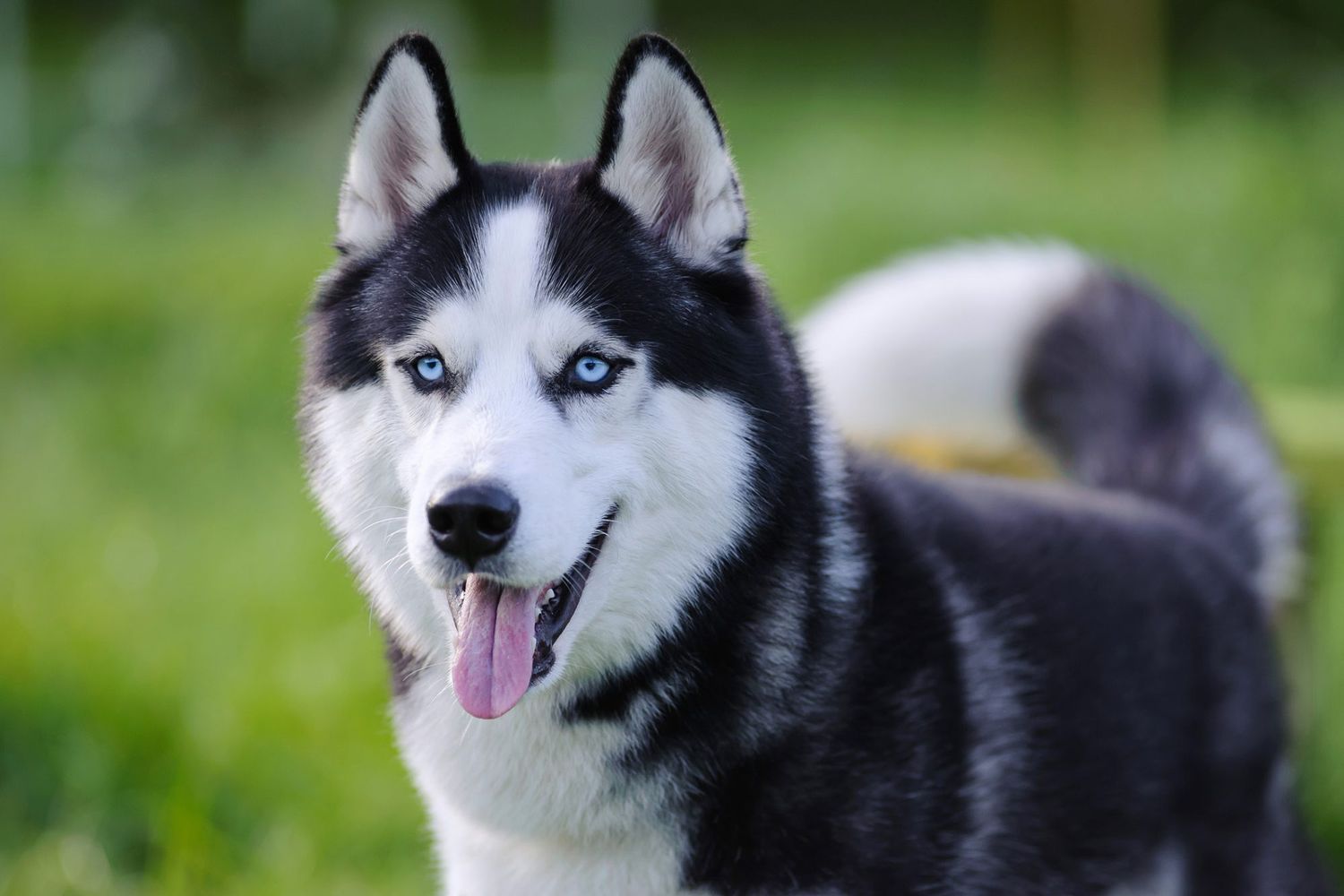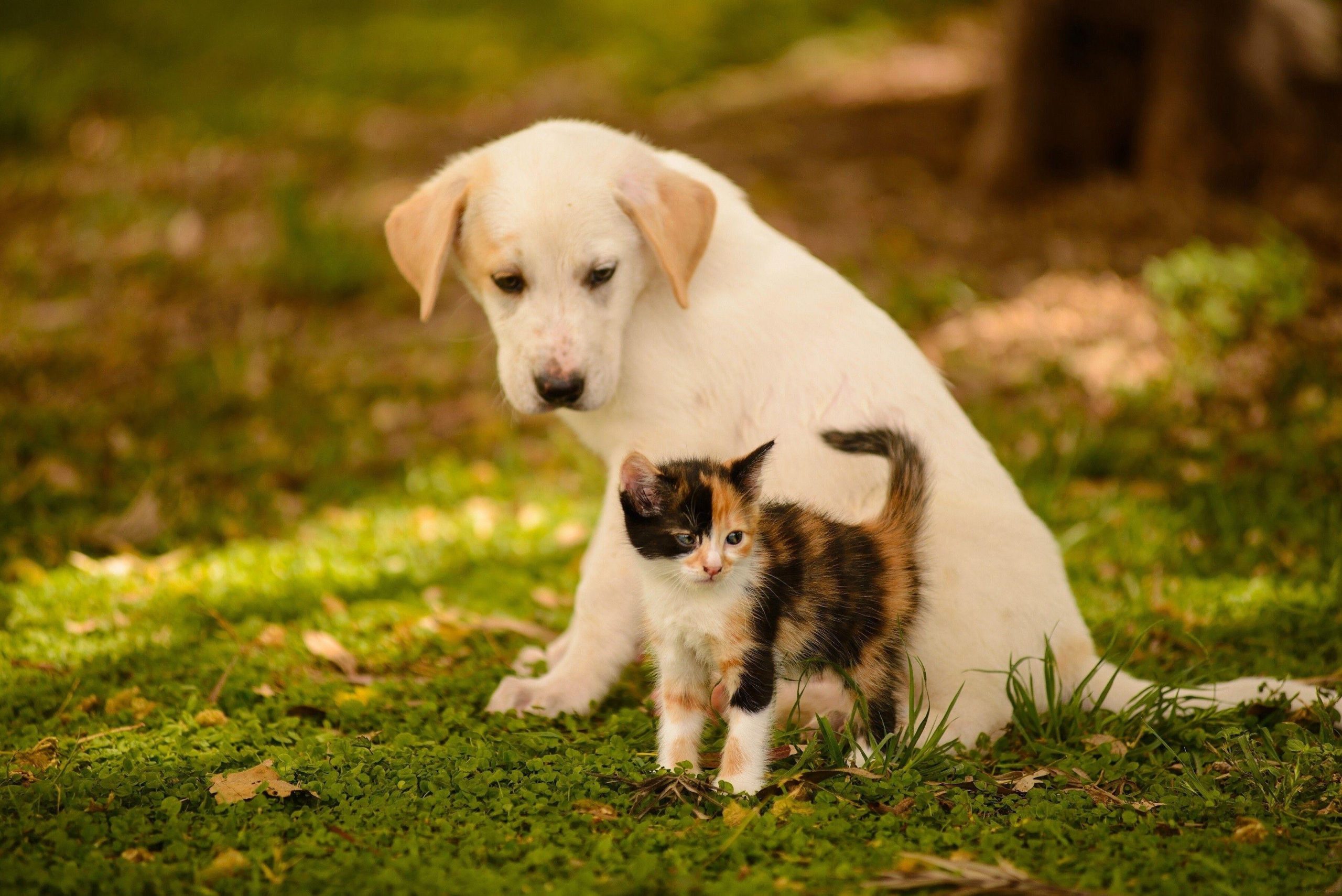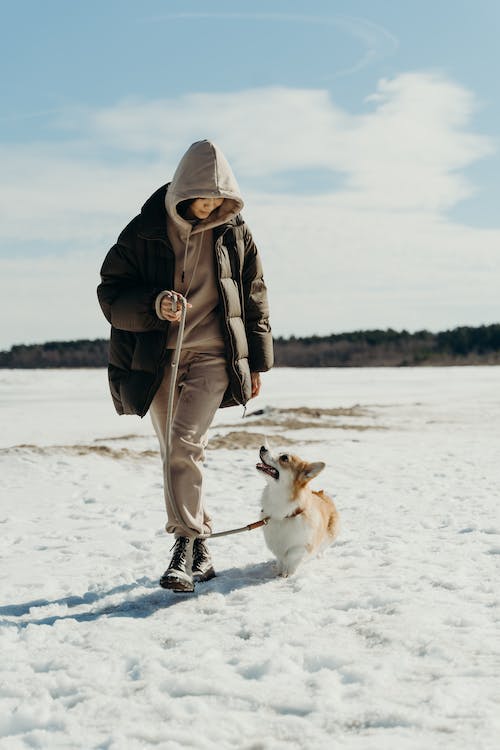Your dog cocked their head as you called their name from across the yard. Were they able to see you clearly from so far away? How does dog vision vs human vision really compare?
The vision capabilities between species may surprise you. While dogs can’t see the full color spectrum, their visual acuity and motion sensitivities give them unique advantages over human sight in many ways.
In this article, we’ll analyze the key differences between dog and human eyesight. Let’s explore who sees better and why!
Key Differences in Dog and Human Eyes
Here are the main structural variances:
- Retina composition – Dogs have a higher density of rods than cones compared to humans.
- Light sensitivity – Dog retinas contain a reflective tissue layer improving night vision.
- Field of vision – Dogs have a wider field of view spanning 250-270 degrees vs. 180 degrees in humans.
- Binocular vision – The dog’s visual field overlap creating 3D vision is narrower.
- Number of color receptors – Dogs have only 2 types of color cones vs. 3 in humans, limiting their color spectrum.
- Fovea – Dogs lack this high visual acuity spot in the retina present in humans.
- Sclera visibility – Humans have visible white scleras surrounding the iris, unlike dogs.
These anatomical differences result in varied visual capabilities between the species.
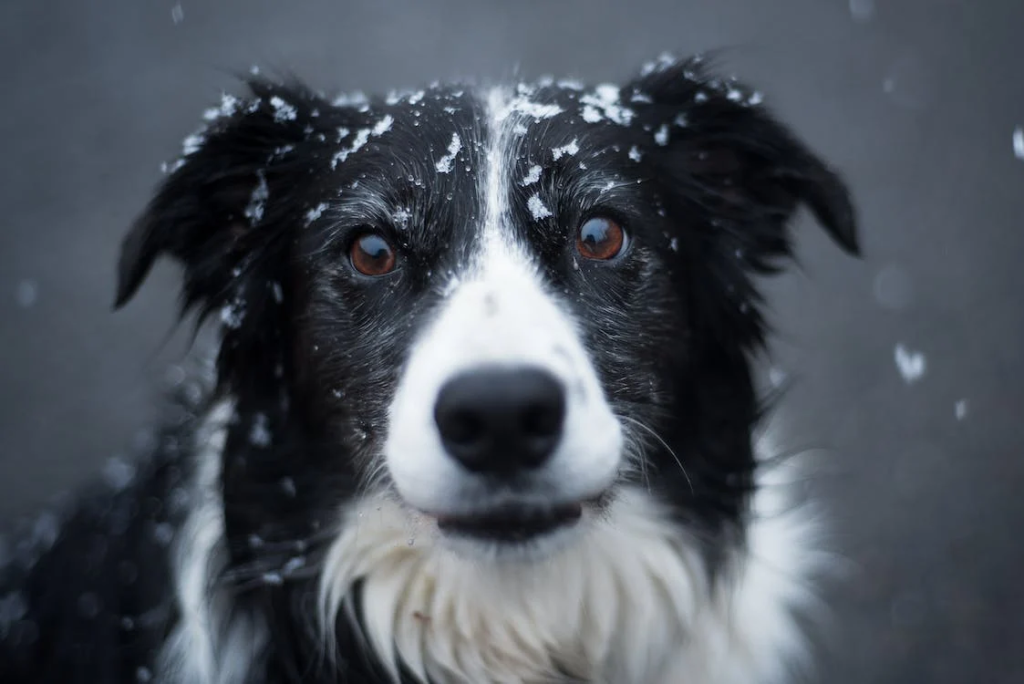
How Does Dog Vision Compare to Humans?
While dog and human eyesight differ, dogs excel over humans in certain areas:
Enhanced night vision – Dogs have superior low light vision. Their rods allow better night vision and motion detection.
Farther visual range – Dogs see clearly at distances approximately 8x farther than humans with peak acuity.
Wider field of view – Dogs’ 250-270 degree range gives them near 360 degrees of vision when head movement is factored in.
Advanced motion detection – A higher concentration of rods makes dogs ultra-sensitive to movements and shapes.
Keener edge vision – Without a fovea, dogs rely more on periphery vision, making them adept at detecting subtle changes.
Enhanced close-up focus – Dogs’ near point focus is closer than humans, important for activities like fetching objects up close.
Better visual staying power – Dogs’ vision declines far more gradually with age. Most breeds stay visually acute into old age.
Dogs may lack some human visual capabilities, but their unique sensitivities and range give them distinct advantages in many situations!
How Is Human Vision Superior to Dog Vision?
Humans outperform dogs in some visual areas as well:
- Color vision – Humans see the full color spectrum whereas dogs primarily just detect yellows/blues.
- Visual sharpness – Human central/foveal vision provides excellent visual clarity, details, and feature detection.
- Depth perception – Our wider binocular overlap creates better depth perception and 3D vision.
- Facial recognition – Humans readily identify faces and facial expressions, unlike dogs recognizing individuals primarily by scent.
- Seeing through obstruction – Human pupils dilate larger to allow vision in dim lighting.
- Withstanding brightness – Dog eyes are more light sensitive. Bright sun can cause discomfort.
Evolution adapted dog and human vision to suit our differing ancestral needs as hunters vs. prey animals. We each have visual gifts!

Breeds with the Best Vision
Some breeds have exceptional vision tailored to their breeding purpose:
- Sighthounds – Greyhounds, whippets, salukis. Designed for fixed long distance focus to chase prey.
- Herding dogs – Border collies, Australian shepherds. Keen motion and edge detection aids herding livestock.
- Sporting dogs – Spaniels, pointers, retrievers. Enhanced night vision aids hunting and field work.
- Terriers – Airedales, Scotties, schnauzers. Sharp motion sensing helps locate prey like rodents underground.
- Guard dogs – Rottweilers, Dobermans. Intense motion focus to detect potential threats.
While all healthy dogs have good vision, these breeds exemplify canine visual capabilities. But dog-to-dog differences matter most.
Supporting Your Dog’s Vision Health
To keep your dog’s eye health optimal:
- Feed a diet rich in antioxidants from fruits and vegetables to prevent ocular degeneration.
- Avoid obesity, which increases the risks of eye diseases.
- Don’t allow your dog to hang their head out of moving vehicles. Wind and debris damage eyes.
- Provide good indoor and outdoor lighting, but avoid shining bright lights directly into your dog’s face.
- Seek veterinary care at the first signs of squinting, redness, swelling, or discharge which can indicate eye issues.
- Have your vet examine your dog’s eyes thoroughly at annual wellness exams to screen for developing issues.
With attentive care tailored to their visual needs, your dog’s eyes will remain healthy and functional throughout their lifetime.
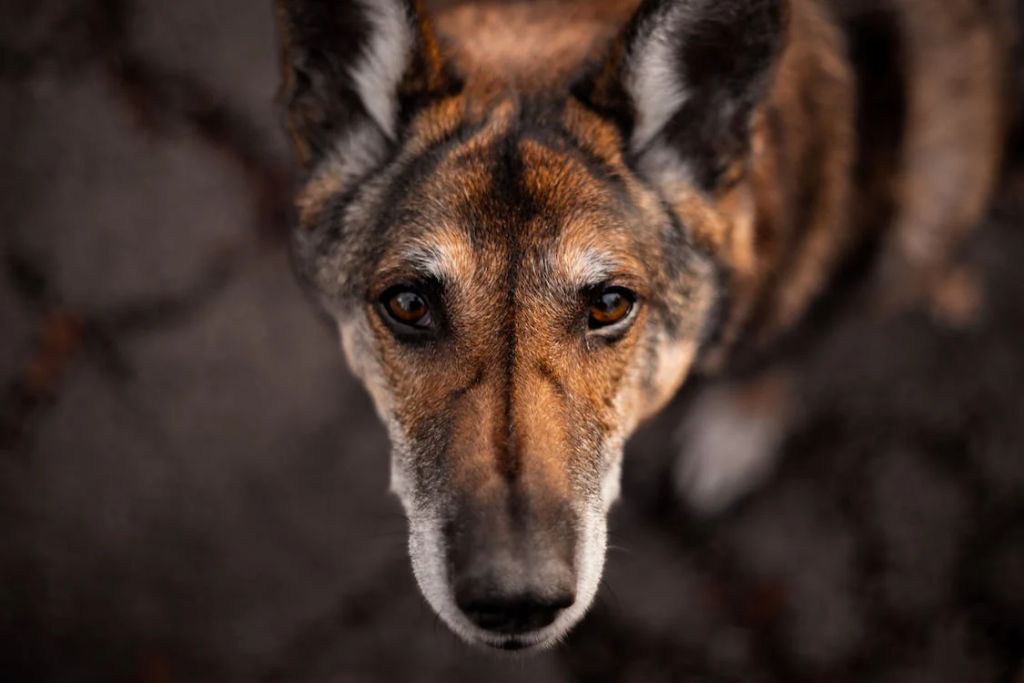
Frequently Asked Questions
Do you still have questions about the intriguing differences between dog and human visual capabilities? Here are some commonly asked queries:
Why do dogs’ eyes glow different colors in photos?
The tapetum lucidum reflecting tissue behind the retina creates eye shine. It amplifies light collection for better night vision.
Do dogs see in black and white or color?
Dogs see limited color in the yellows and blues spectrum. Their worldview is primarily grayscale, though enriched by vivid scent.
Can dogs be nearsighted or farsighted?
Yes, dogs can be nearsighted or farsighted just like humans. Have your vet examine your dog’s vision if they seem to have trouble seeing faraway objects or reading close up cues.
Do mixed breed dogs have better vision?
Crossbreeding dogs doesn’t necessarily improve visual abilities. Purebred dogs offer predictable traits tailored for visual sensory needs. Overall health matters most.
How do I know if my senior dog is having vision trouble?
Signs include reluctance to go out at night, clumsiness navigating obstacles, staring off into space, or having delayed reactions to visual cues. See your vet promptly at signs of vision issues.
While dog and human eyes differ, our vision is equally complex and amazing! Appreciate the superb visual gifts of your canine companion. Please let us know if you have any other pet eye care questions.
